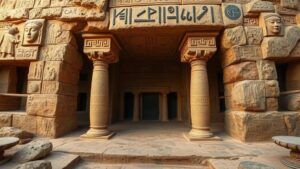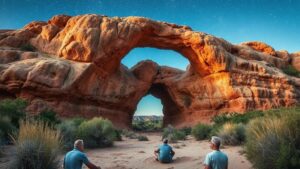Exploring the snowfields of the Altai Mountains for ancient Altai cultural settlements.
Exploring the Snowfields of the Altai Mountains for Ancient Altai Cultural Settlements
The Altai Mountains, a majestic mountain range located at the intersection of Russia, China, Mongolia, and Kazakhstan, hold a wealth of history and natural beauty. Nestled within these snow-covered peaks are remnants of ancient Altai cultural settlements, revealing a rich tapestry of human activity and social evolution. This exploration aims to uncover the significance of these settlements and the impact of their geographical location.
Geographical Overview of the Altai Mountains
Stretching approximately 2,000 kilometers, the Altai Mountains are characterized by their rugged terrain, diverse ecosystems, and variable climate. region features high peaks, with Mount Belukha being the tallest at 4,506 meters (14,783 feet). The mountains are primarily composed of granite and other igneous rock, with glaciers that contribute to the regions beauty and ecological diversity.
Historical Significance of the Altai Settlements
Ancient Altai cultural settlements can be traced back over 3,000 years. Archaeological findings suggest that these settlements thrived during the Bronze Age, particularly between 1500 BC and 1000 BC. Altai region is home to significant archaeological sites, including the Berel burial mounds and the Ukok plateau, where many burial artifacts have been discovered.
- The Berel burial mounds are renowned for their well-preserved royal tombs, believed to belong to the so-called Scythian elite.
- The Ukok plateau is known for its unique Princess of Ukok, a well-preserved mummy discovered in a burial site, which provides insight into ancient burial practices and clothing styles.
Cultural Heritage and Traditions
The Altai people have a rich cultural heritage deeply rooted in their environment. They traditionally practiced a nomadic lifestyle, moving with seasonal changes in pursuit of pasturelands. The Altaians worshipped nature and believed in a spiritual connection to their surroundings, evident in their rich folklore and shamanistic practices.
The regions cultural landscape has been characterized by:
- A vibrant tradition of storytelling and oral history.
- A range of musical forms, including throat singing, which has gained recognition on an international level.
Modern Exploration and Tourism
Today, the Altai Mountains attract adventurers, researchers, and cultural enthusiasts worldwide. Eco-tourism and responsible trekking have become significant aspects of the local economy. Various companies offer guided tours through the rugged terrain, allowing visitors to experience the natural beauty and rich history firsthand.
For example, tours often include:
- Visits to ancient petroglyphs that date back thousands of years, depicting hunting scenes and ceremonial activities.
- Experiential activities such as horseback riding through traditional Altai villages, providing a glimpse into contemporary Altai culture.
Challenges Facing the Region
While tourism presents opportunities, it also raises concerns regarding the preservation of ancient sites and natural environments. Increased foot traffic can lead to environmental degradation. So, sustainable practices must be embraced by both visitors and local authorities to protect this delicate landscape and its cultural heritage.
Actionable Takeaways for Explorers
For those considering an expedition to the Altai Mountains, understanding the regions cultural, historical, and ecological context is vital for a meaningful experience:
- Research the history of the Altai people to appreciate the cultural significance of the sites.
- Prioritize eco-friendly tour operators who emphasize preservation and sustainability.
- Engage with local communities to learn about their traditions and challenges they face in preserving their heritage.
To wrap up, the Altai Mountains offer a unique portal into the past, showcasing ancient cultural settlements that reflect the resilience and adaptability of the human spirit. By exploring and understanding these historical treasures, we contribute to their preservation for future generations.


